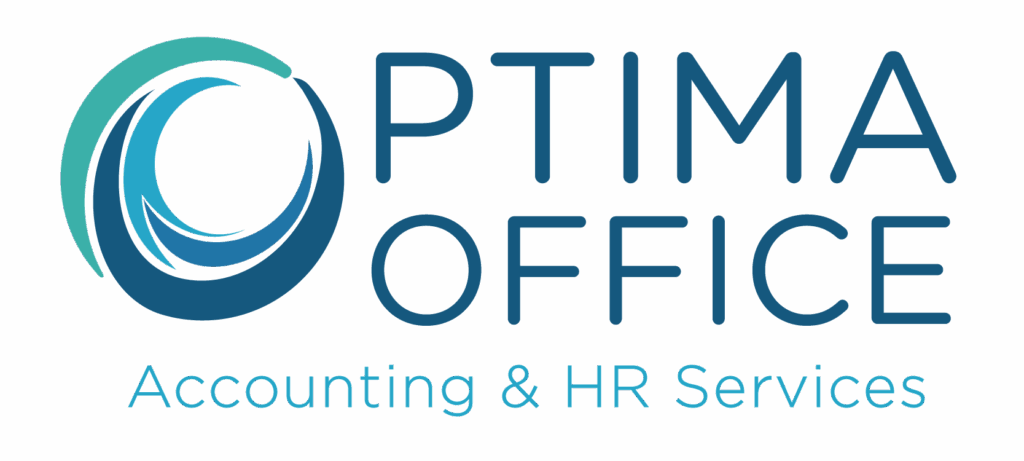Moonlighting is not new, but today’s version looks very different. A growing number of employees are secretly working two or more full-time jobs at the same time. Some call this being Overemployed. Others call it Polyworking. Whatever the name, it is creating serious challenges for HR and leadership.
Entire communities online are dedicated to teaching workers how to manage multiple jobs at once. According to the Bureau of Labor Statistics, nearly nine million U.S. workers hold more than one job, and a portion of them are doing it during the same hours.
The Risks of Polyworking
In HRMorning’s article on Overemployed and Polyworking, experts warn that employees splitting time between roles can erode productivity, damage team dynamics, and create compliance risks.
Jennifer Barnes, CEO of Optima Office, explains:
“An employee dividing their time between two roles often means they can’t give their best to either. This can lead to missed deadlines, inconsistent quality and frustrated co-workers.”
Barnes also cautions that juggling multiple jobs might look like a shortcut to higher earnings, but burnout, stress, and even legal issues often follow.
Why Policies Matter
In SHRM’s article on Polyworking, Barnes points out how efficiency tools and AI make it tempting for employees to add more work to their plate. She stresses the need for written policies that set expectations clearly.
“Our own policy is that you will not take any outside work without first bringing it to our attention and asking for approval first,” she said. “Employers should have clear rules about availability during work hours and make it known there will be consequences for not meeting those requirements.”
What Employers Can Do
Both articles highlight that banning outside work altogether is unrealistic. Instead, HR leaders should:
- Clarify expectations around outside work in company policies
- Set boundaries to prevent conflicts of interest and ensure availability during business hours
- Verify performance issues carefully before taking action
- Address underlying causes like financial stress or disengagement with fair pay and growth opportunities
Barnes sums it up simply: employers need to be proactive. Setting policies, encouraging transparency, and creating supportive cultures are the best ways to protect both employees and businesses.
Learn More
To see the full discussion and get detailed guidance from HR leaders and attorneys, read the original articles:
Overemployed and Polyworking: 6 Reasons HR Needs To Be Concerned (HRMorning)
Polyworking Raises Multiple Questions for Employers and HR (SHRM)




